Category: Scottish Fairies
The Cailleach Bheur was a blue hag, said to frequent parts of the Scottish Highlands. Associated with winter, she was reborn on every All Hallows Eve and returned to bring the winter and the winter snows. She carried a magical staff, which froze the ground with every tap.
Cait Sith – Literally translates to fairy cat, the creature was said to haunt the Highland region. The cat was said to be as big as a dog and completely black, apart from one white spot on its breast. Like a real cat it could be ferocious if stumbled upon.
The Glaistig was a solitary supernatural being of the Scottish Highlands, with the upper half of a woman and the lower half of a goat, although she was also believed to appear in human and animal form. Her skin was grey, and long golden hair fell about her body. Like many of the fairy races she was often seen clothed in green, in the form of a long flowing robe, which covered her goat half.
Lochranza is situated at the Northern Tip of Arran, the loch contains a small island with a ruined castle, which was mentioned by Sir Walter Scott
Tomnahurich Hill – which means hill of the yews – is a rounded tree covered hillock on the outskirts of Inverness, the hill has a wealth of traditions associated with it, and it is famed as an abode of the fairies. A modern cemetery now covers the hill.
The dark brooding presence of Schiehallion (pronounced She-hal-e-on)- the fairy hill of the Caledonians – looms over the Eastern end of Rannoch moor like a voluminous guardian. The mountain is one of the traditional haunts of otherworld beings.
This ruined dun is said to have been the home of a giant called Cuithach, who in the tradition of most giants, laid waste to the surrounding area by stealing cattle and killing local people.
Tales of mermaids have been around for centuries, and form a large part of seafaring lore, especially round the coastal areas of Britain such as Cornwall, and the Northern Isles of Scotland. Their sighting was thought to be a bad omen, foretelling storms and rough seas. There are numerous folk tales describing their interaction with humans.
The story of the Fairy boy of Leith is relatively unknown today, and doesn’t appear to have been recently recounted since its last appearance in the 1970s Reader’s Digest compendium, Folklore, Myths a
Smoo Cave is a limestone cavern consisting of three chambers, a burn enters the second chamber through a hole in the roof falling for a distance of 80 feet.

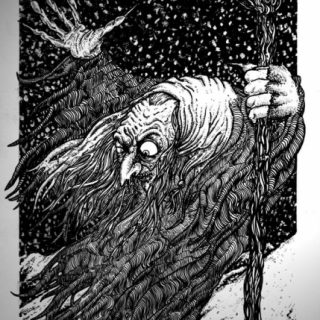

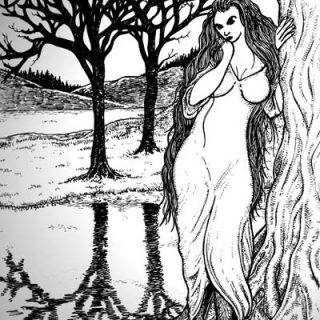
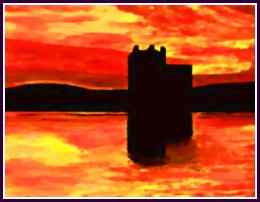
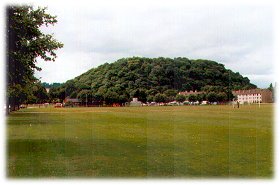
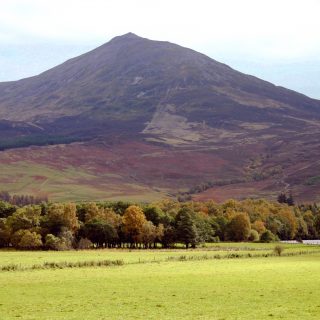
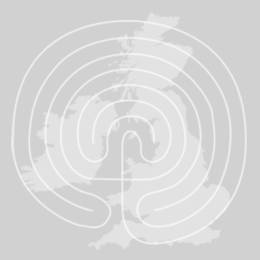
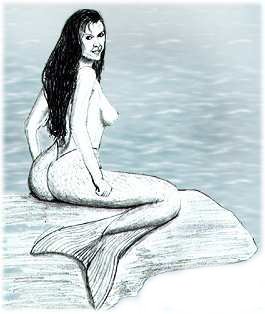
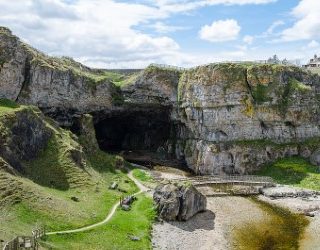
Recent Comments